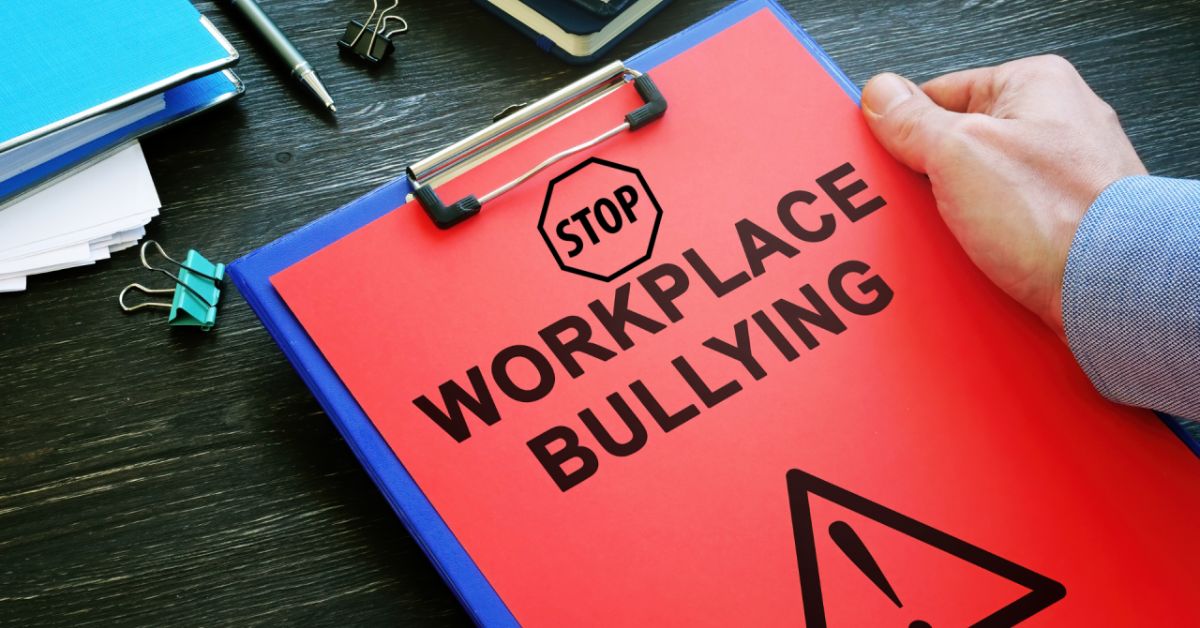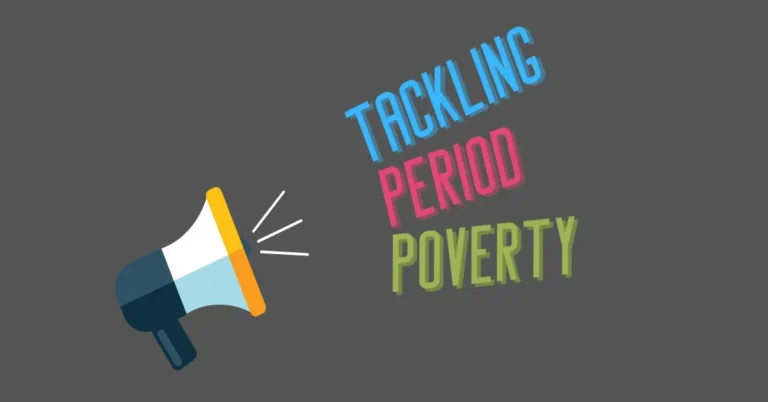Steps to Take If You Experience Workplace Bullying
Workplace bullying is more common than many people think. It can come in the form of verbal abuse, unfair criticism, exclusion, or even threats. And the worst part? It often happens silently, leaving the victim feeling confused, helpless, and stressed. No one deserves to feel unsafe or uncomfortable at their place of work.
If you’re going through something like this, you should know that you’re not alone—and you have options. Reaching out for legal guidance can make a big difference, and professionals like the attorneys at Hach Rose Schirripa & Cheverie LLP have helped many people in situations just like yours. Understanding what steps to take is the first step in standing up for yourself and getting the support you need.
Bullying at work doesn’t just hurt feelings—it can affect your confidence, your health, and your career. So, what can you do about it? Let’s talk through it.
Recognize the Bullying
First, you need to be sure that what you’re experiencing is bullying. It can be repeated yelling, insults, spreading rumors, purposely excluding you from meetings, or setting you up to fail. Bullying can come from anyone—a supervisor, a coworker, or even a subordinate.
Pay attention to patterns. If the behavior is happening more than once and making you feel unsafe, it’s a red flag. Trust your instincts. If something feels wrong, it probably is.
Document Everything
Keep a written record of what’s happening. Include dates, times, and descriptions of the incidents. If possible, save emails, messages, or any physical evidence that supports your claim.
This documentation can be powerful if you decide to report the bullying or take legal action later. Even if you’re not sure what you want to do yet, having detailed records puts you in a stronger position.
Talk to Someone You Trust
You don’t have to go through this alone. Talk to a trusted colleague, friend, or family member. Sometimes, just saying the words out loud can help you understand what’s happening and give you the courage to move forward.
You can also consider speaking to your manager or supervisor—unless, of course, they’re the one causing the problem. In that case, it’s better to go higher up or seek outside help.
Report It to HR
Every company should have a human resources department or someone responsible for employee concerns. File a formal complaint and present your documentation.
HR has a duty to investigate claims of workplace bullying. While it may feel uncomfortable, reporting the issue can help protect not only you but also others who might be facing the same behavior.
Know Your Rights
You have the right to work in a safe and respectful environment. In many cases, workplace bullying can cross the line into harassment or discrimination, which may be illegal depending on the circumstances.
Educate yourself on company policies and local labor laws. Many workplaces have codes of conduct that specifically address bullying. Knowing your rights can give you the confidence to stand your ground.
Seek Professional Help
Sometimes, even after following all the right steps, the situation doesn’t improve—or it gets worse. That’s when it might be time to consult a lawyer.
A legal professional can help you understand your options, whether it’s filing a formal complaint, seeking damages, or pursuing other legal actions. You deserve to be heard and protected.
Take Care of Yourself
Bullying takes a toll, not just on your work but also on your mental health. Make sure to care for yourself. That could mean seeing a counselor, taking time off, or finding healthy ways to cope with stress.
Remember, you’re not weak for feeling overwhelmed. It’s okay to ask for help and take the time you need to heal.
Final Thoughts
Workplace bullying is never okay, and you don’t have to put up with it. By recognizing the signs, documenting what’s happening, and reaching out for help, you take back your power.
It’s your right to feel safe and respected at work. And while it might feel scary to speak up, doing so could be the first step toward a better, healthier future—for you and your workplace.







